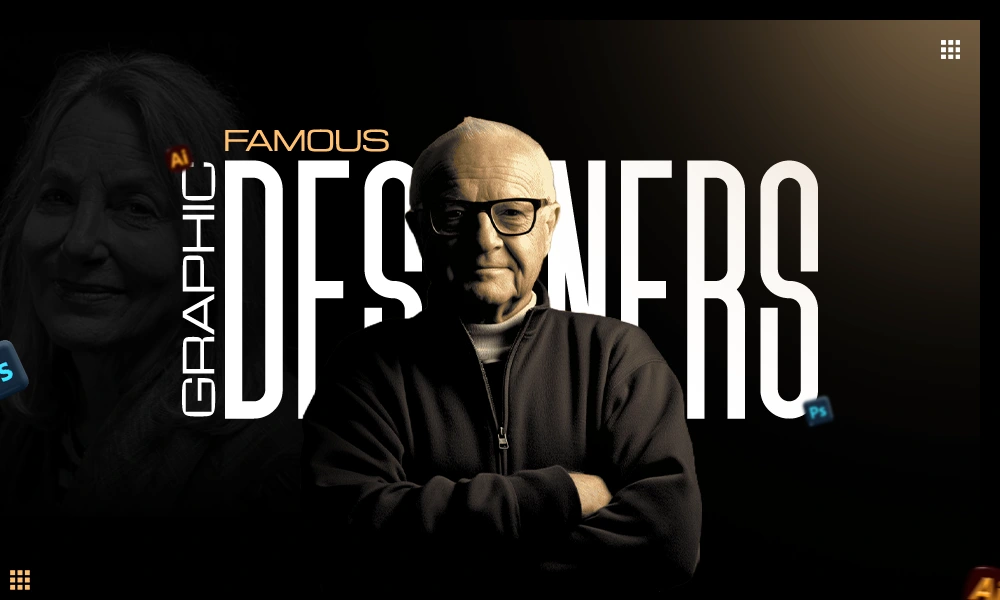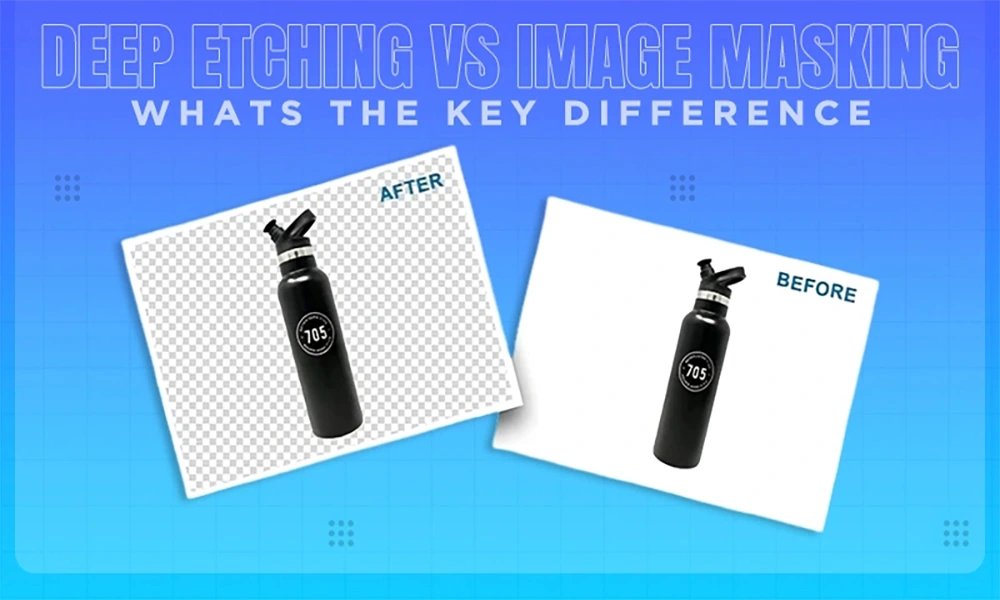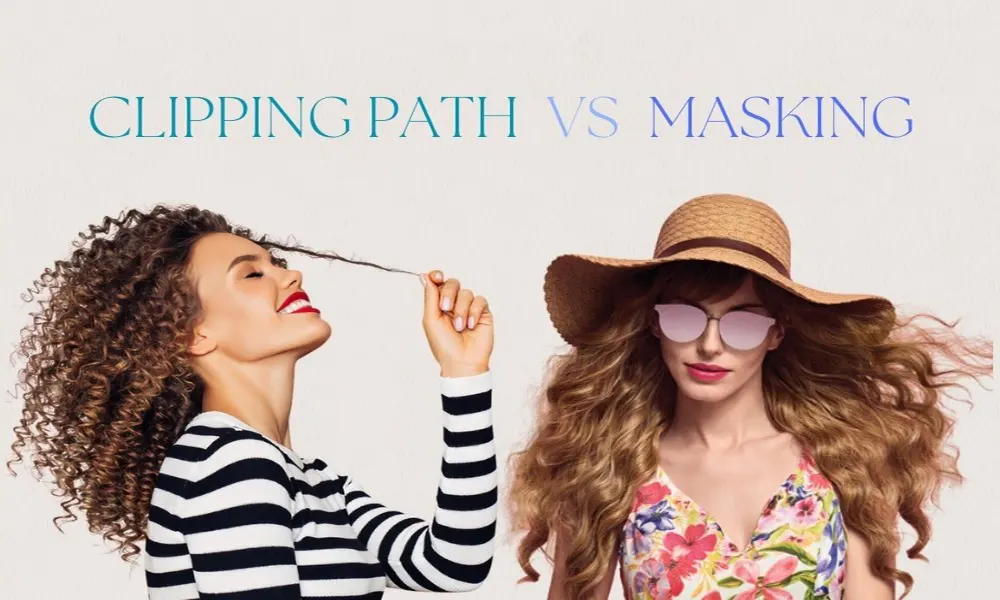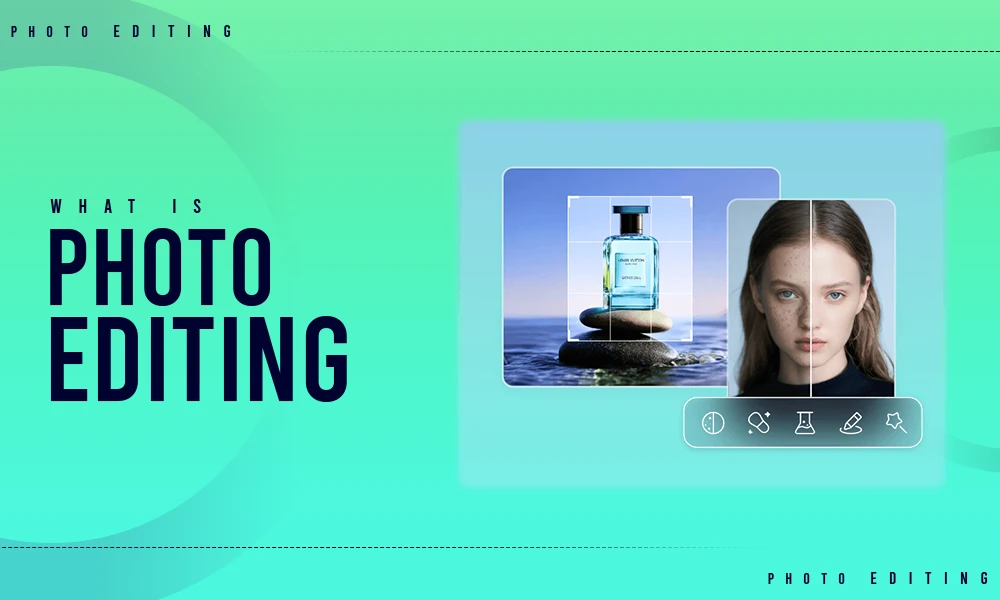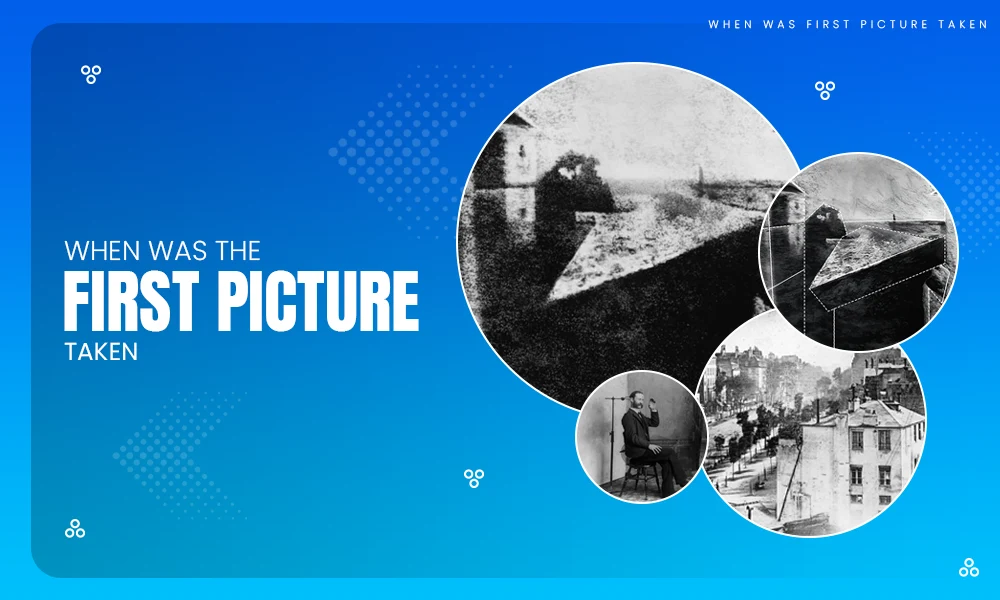Have you ever wondered why the same product that you saw online looked very beautiful and engaging? But when it got delivered, it was very different. This is the magic of shadow. Shadow has an attractive effect on the viewer’s mind.
You must have noticed that many of the product images found online look flat and do not mix with the background. This happens because of a lack of a key factor – Shadow.
Shadow can give a three-dimensional effect to a flat image, creating depth with shadows in images, which can make the product very engaging and attractive. Which is why choosing the right professional photo editing and retouching company can add a plus point for your simple product.
To capture attention and lead to better sales, understanding the difference between drop shadow and natural shadow is important. They can convey the story of any image or product in a better way. Continue reading to explore which service and type of shadow will better suit your product.
What is Natural Shadow?
Natural shadows form naturally by themselves. When sunlight passes through your living room window and casts the outline of a plant on the wall, that is a natural shadow. How shadows evolve during the course of the day, changing with the position of the sun or a lamp inside, brings life and vibrancy to any setting.
What is Drop Shadow?
Conversely to natural shadow, a drop shadow is not the product of the dance of light and objects but the product of one’s imagination using digital software such as Photoshop(Photoshop drop shadow effect). Creating a simple shadow effect behind the subject, designers create the illusion of depth on a flat surface, which gives them a realistic vibe of existence. In browsing eCommerce websites or graphic-intensive homepages, the floating appearance of products or icons always includes drop shadows—a classic of photo retouching shadow effects.
Key Differences between Box Shadow And Drop Shadow
In web development, two words tend to confuse even experienced professionals—box shadow and drop shadow. Box shadow wraps around the rectangular boundary of an item, such as a button or a card, to produce an even shadow. Drop shadows, however, are more versatile: they stick to the subject’s form itself, not constrained to rectangles or boxes. If you’re aiming for shadows around curves or complex outlines, drop shadows are the best bet.
| Features | Box Shadow | Drop Shadow |
| Shape | Rectangular Edges | Follows Object Shape |
| Usage | UI, Web Element | Images, Irregular Forms |
| Control | Limited | Flexible |
| Realism | Less | More |
Photo Retouching Shadow Techniques
- Adding Natural Shadow: Copy the object layer, fill with dark gray, and feather considerably, reducing the opacity. Tilt the angle to the same as the light direction for an excellent blend.
- Drop Shadow Service: Hire experts or choose some professional service providers who tweak shadow effects for catalogs, with a consistent appearance on dozens of images.
- Box Shadow vs Drop Shadow (in image editing): Employ box shadows for clean frames, drop shadows for real-looking depth and dimension.
For actionable tips on using shadows to boost engagement and sales, see BigCommerce’s guide on how to add shadows to product images to increase conversions.
Tip: Always compare artificial shadow vs real shadow before making your final edits; natural shadows contain irregularities that give a better touch of authenticity.
Drop Shadow For Product Photography
In e-commerce, a product photo is not just about clarity; it’s about being there. Drop shadow in product photography is very popular, especially in the e-commerce market, from sneaker catalogs to consumer electronics. A strategically placed drop shadow can make sneakers appear to jump off the page, or bring emphasis to a fragile watch against a white background. The secret is subtlety: heavy or poorly aligned shadows appear artificial and damage trust.
Shadow enhancement for eCommerce images is often subtle. Shadowing eCommerce product photos is not about strong effects, but about making the viewer feel they are seeing an earthy, physical, and realistic object. Shadows act as a connecting bridge between the digital world and the world of reality.
Use Case: Drop Shadow and Natural Shadow
Drop Shadow
With products that have complex shapes or knotty curves, capturing an absolute natural shadow can be challenging. This is the reason why most photographers use drop shadows—a neat, steady method to highlight the shape of the product without the uncertainty of real lighting. In a controlled studio environment where natural shadows are reduced, introducing drop shadows in editing does help elevate the image’s beauty without having to alter the lighting equipment. For e-commerce, this gives all product images a consistent, professional finish throughout all of them, making them look professional and uniform online.
Natural Shadow
Natural shadows are at their best, though, when products are placed within realistic settings. They provide credibility and enable shoppers to visualize where a product would be in their own lives. Natural shadows also highlight texture, revealing the detail in products with unusual surfaces. In premium photography, these shadows produce a creative, sophisticated atmosphere, raising the product’s perceived value and making the graphics engaging.
Conclusion
Choosing between a natural shadow and a drop shadow service depends on your product and the overall appearance that you wish to accomplish. Both are excellent options to ensure a lot of control, ensuring consistency, and making your product images more attractive.
Turn your product photos into breathtaking images through a drop shadow service that sells and engages. Call upon Visuals Clipping today and enjoy skilled photo editing services that advance your brand—quick, efficient, and customizable to suit your requirements.
Common Questions Answered
Q1. What is the difference between a shadow and a drop shadow?
Ans: A natural shadow is created by the actual world’s play of light and objects. A drop shadow is a reproduction of this for digital photographs, often to provide depth or clarity.
Q2. Is drop shadow outdated?
Ans: No, not by any means. Although overly hyped styled drop shadows went out of fashion, modern muted shadows are still a necessity for generating depth—especially in product images and web design. It’s just a matter of keeping things in balance.
Q3. Do drop shadows print well?
Ans: They do, if done well. Avoid extremely dark or dense shadows, as these can become muddied when printed. Lighter, less intense shadows get printed cleanly and professionally.
Q4. Which are natural shadows?
Ans: Natural shadows are those shadows that are created by sunlight, lamplight, or any physical lighting situation, but not by computer effects. These are examples of home shadows. For instance, a child’s shadow on a sidewalk at sundown.

